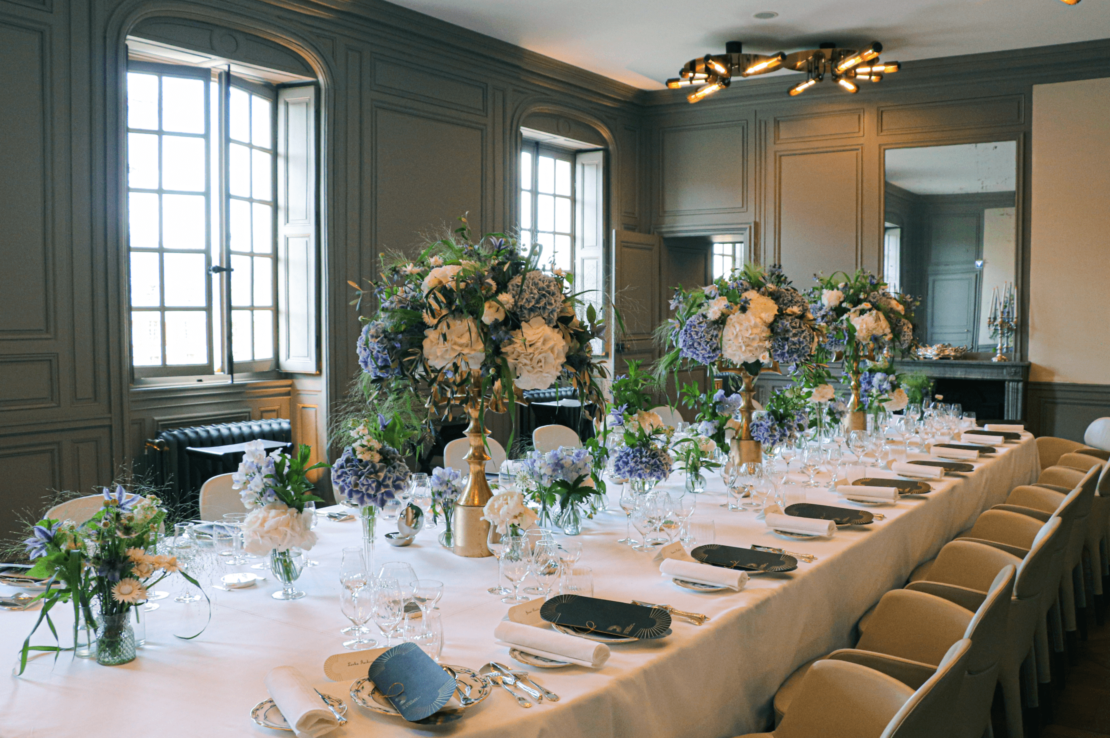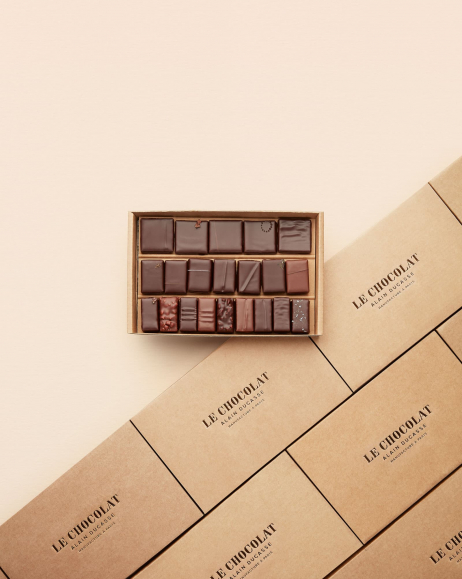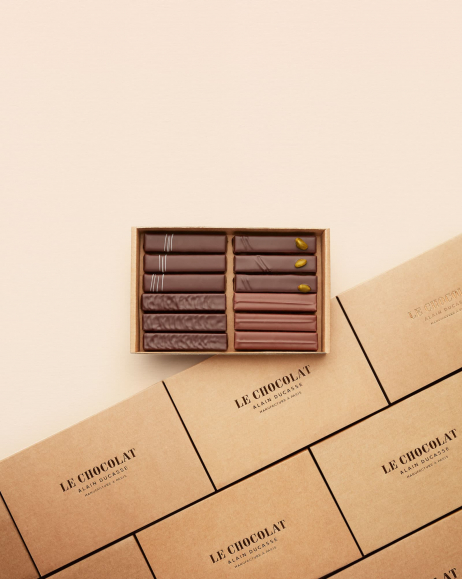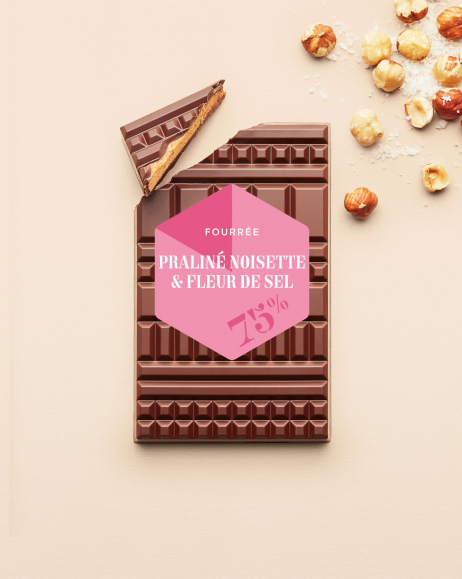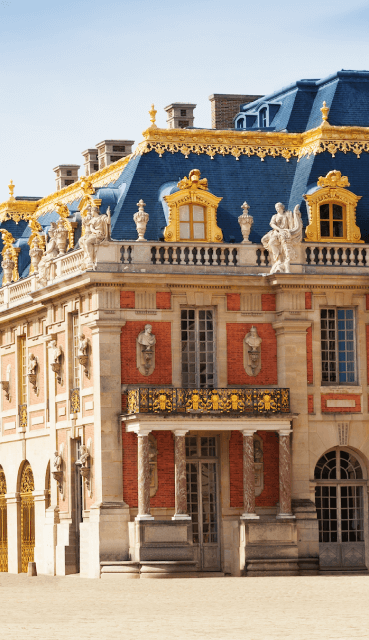“Inspired without copying: the Versailles dinner I have imagined is an evocation, not a reconstruction. It is indeed a French haute cuisine of today that is proposed, magnified by the history-filled setting of the Château de Versailles.”
Alain Ducasse
From the menu to the waiters’ attire, from the setting to the tableware, everything contributes to making a dinner in the Ducasse salons at the Château de Versailles an exceptional experience that your guests will long remember.
Extensive research has been carried out in order to create dishes that are both in keeping with the spirit of 18th century cuisine and, at the same time, pleasing to contemporary palates.
For this reason, the menus will only include products used at the time. River fish (carp, trout, perch, pike, eel) are very common. The veal is very used but the lamb is not mentioned as such. Similarly, for vegetables: the recipes use cauliflower, cardoons, green beans, artichokes, peas but no tomatoes or zucchini which, although already known, will only really be eaten later. For the sweet, finally, blancmange, creams and tarts are very present but the “Parisiennes” type cakes (Paris-Brest, savarin, etc.) will only appear much later.
The titles of the dishes are in accordance with those of the Choisy menus, which date from the middle of the 18th century. But behind these old names (“veal à la bourgeoise”, “eel au blanc”), lies a very contemporary interpretation of the cuisine. The real oille, for example, was made with meat; here, it is vegetable to be lighter.
The structure of the menu, finally, is also respected. It is inspired by the order of the meals of the XVIIIth century such as we find it for example in the famous work of François Massialot “The royal and bourgeois cook” published in 1693 and republished during forty years. Our guest is first served an oille, that is to say a soup. Hot and cold starters are then served. Then comes the “relevé” which is a fish dish such as sole with crayfish or turbot with champagne. The following dessert is a variation on the theme of the pie: hot guinea fowl pie or sweetbread pie for example. Finally comes the roast, a piece of meat or poultry, accompanied for example by potato and artichoke pie, roasted quince or seasonal vegetables. The feast ends with the small sweet desserts and the “fruits”, a term that designates not only the fruits that were eaten fresh, candied and roasted but also, in general, all the sweet dishes at the end of the meal.
Several versions of this unusual experience will be offered. Do not hesitate to ask us.
